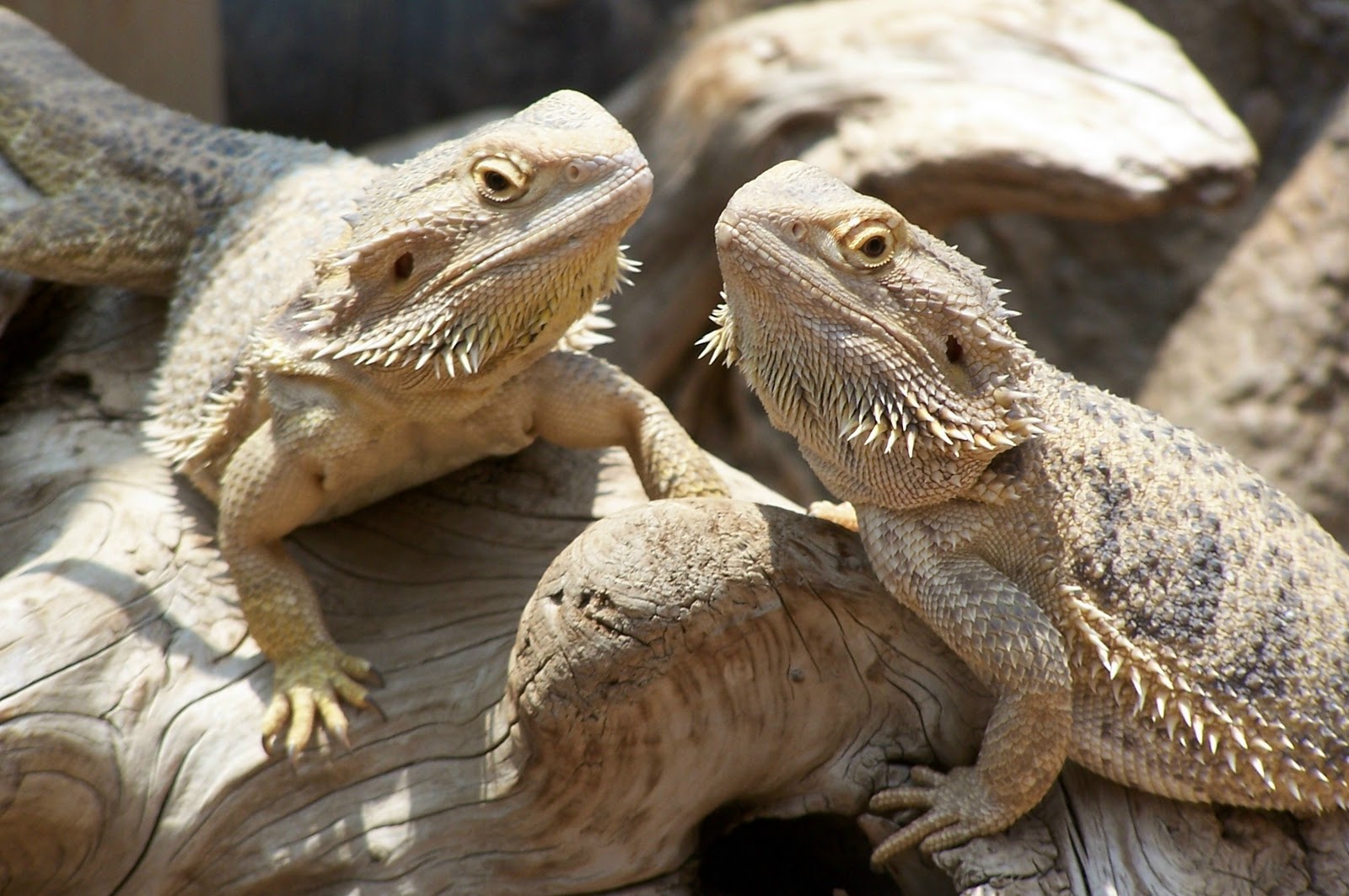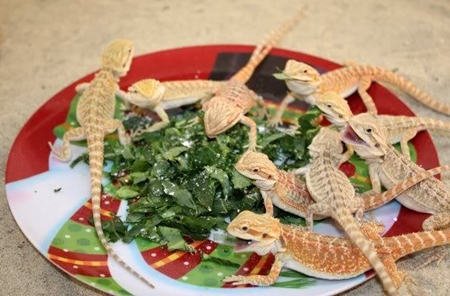Ultimate Bearded Dragon Enclosure Setup: A Guide for Beginners
Introduction
Are you a beginner looking to set up the perfect enclosure for your bearded dragon? Look no further! This comprehensive guide will walk you through everything you need to know about creating a happy and healthy environment for your pet to thrive in. From choosing the right tank to selecting the best lighting and substrate, we’ve got you covered.
Choosing the Right Enclosure

The first step to setting up a bearded dragon enclosure is choosing the right tank. Your bearded dragon will spend most of its time in its enclosure, so you want to make sure it’s spacious enough to accommodate all of its needs. A good rule of thumb is to choose a tank that’s at least 40 gallons for an adult bearded dragon.
But size isn’t everything - you also need to consider the tank’s material. Glass and plastic tanks are the most common, but they have their pros and cons. Glass tanks are heavy and breakable, but they provide excellent visibility for both you and your pet. Plastic tanks are lightweight and durable, but they can scratch easily and may not last as long.
Lighting and Heating

Bearded dragons need both UVB lighting and a heat source in order to stay healthy. UVB lighting mimics the natural sunlight that bearded dragons would receive in the wild, helping to prevent metabolic bone disease and other health issues. A basking lamp or ceramic heat emitter will provide the heat your bearded dragon needs to regulate its body temperature.
It’s important to note that the lighting and heating elements you choose will depend on the size of your tank and the specific needs of your bearded dragon. Make sure to do your research and consult with a veterinarian or experienced reptile owner before making any purchases.
Substrate and Decorations

When it comes to substrate - the material that lines the bottom of your bearded dragon’s enclosure - there are several options to choose from. Sand, newspaper, reptile carpet, and coconut fiber are all popular choices. However, sand can be dangerous if ingested and newspaper can become soggy and dirty quickly. Reptile carpet and coconut fiber are both safe and easy to clean.
Decorations such as rocks, branches, and plants can provide your bearded dragon with opportunities to climb, hide, and explore. Just make sure any decorations you choose are safe for your pet and won’t pose a hazard if it were to accidentally ingest them.
Feeding and Watering

Bearded dragons are omnivores, meaning they eat both insects and vegetables. A balanced diet should consist of around 80% insects and 20% vegetables. Common insects include crickets, mealworms, and dubia roaches. Vegetables should include a variety of dark, leafy greens such as kale, collard greens, and bok choy.
Watering can be done through a drip system or a water bowl. Make sure the water is changed and refilled daily to prevent bacterial growth.
Conclusion
Setting up the perfect bearded dragon enclosure takes time and effort, but the end result is well worth it. By following these tips and doing your research, you can create a happy and healthy environment for your pet to thrive in. Remember to consult with a veterinarian or experienced reptile owner if you have any questions or concerns. With the right care, your bearded dragon can live a long and fulfilling life in its new home.
